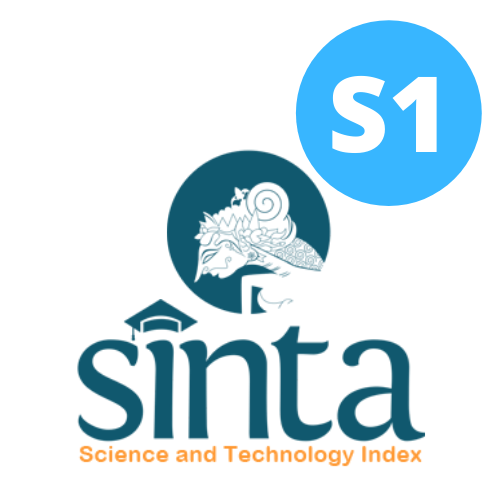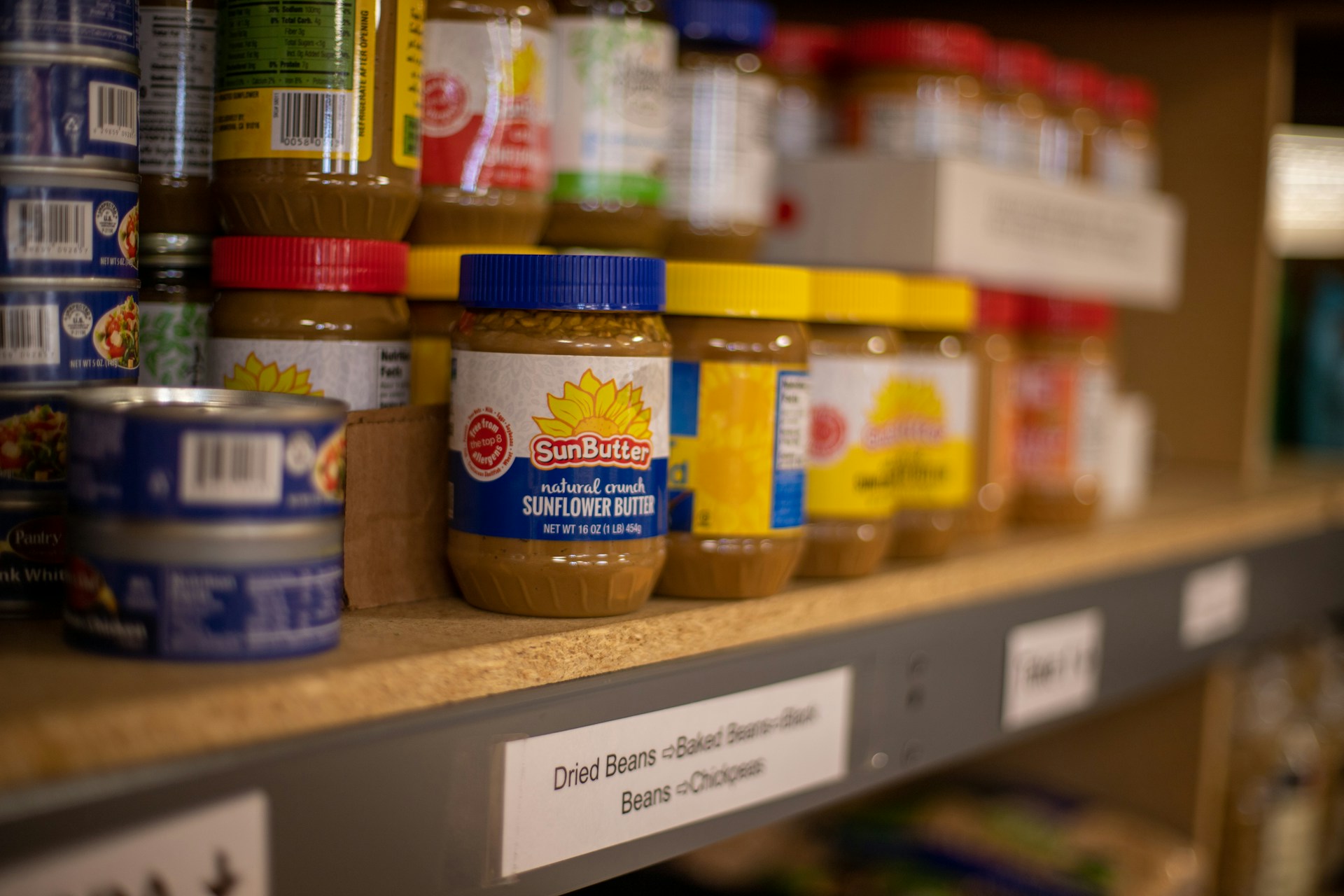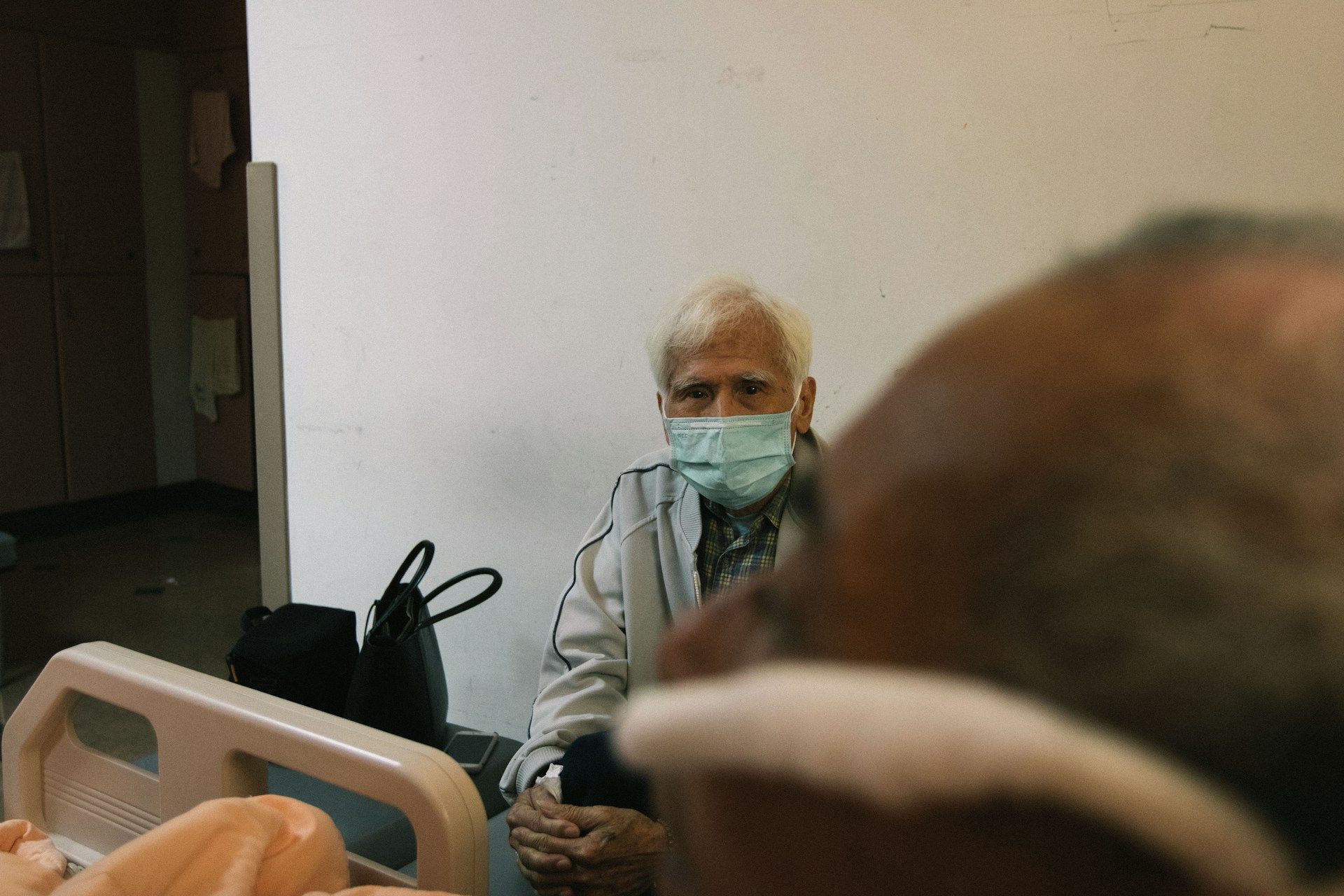Determinants Affecting Family Commitment and Capability in Preventing Stunting in Children Under Two Years
Determinan Faktor-Faktor yang Mempengaruhi Komitmen dan Kemampuan Keluarga dalam Mencegah Stunting pada Baduta

Downloads
Background: Stunting remains a public health issue in Indonesia. Despite a decline in national prevalence, East Java recorded a stunting prevalence of 32.7%, exceeding national standards and those set by the World Health Organization (WHO).
Objectives: This study aimed to identify the factors influencing family commitment and capability in preventing stunting in children under two years old.
Methods: The study employed an observational survey design involving 150 mothers of children aged 0–2 years in the Puskesmas (Community Health Center) areas of Surabaya. Data were collected using questionnaires to assess personal, interpersonal, cognitive-behavioral, resource, and fundamental family value variables. Analysis was conducted using Structural Equation Modeling (SEM) with Partial Least Square (PLS) methodology.
Results: Personal, interpersonal, and cognitive-behavioral factors significantly influenced family commitment to stunting prevention. Approximately 89.89% of a family’s ability to monitor child growth and development could be predicted by the study model. However, resource factors and fundamental family values were not significant.
Conclusions: Interpersonal, cognitive-behavioral factors, and family assessment can increase family commitment in preventing stunting in children under two years. Assistance from health workers is essential to further strengthen family commitment to stunting prevention.
Eva Erviana Lili Astuti, Heni Puji Wahyuningsih, Y. Gambaran Faktor Risiko Kejadian Stunting Pada Balita Usia 24–59 Bulan Di Desa Karangsari Kabupaten Kulon Progo Tahun 2019. (Poltekkes Kemenkes Yogyakarta, 2020).
Sadida, Z. J., Indriyanti, R. & Setiawan, A. S. Does Growth Stunting Correlate with Oral Health in Children?: A Systematic Review. Eur. J. Dent. 16, 32–40 (2022) https://doi.org/10.1055/s-0041-1731887.
Al-Awwad, N. J. et al. Review of the Nutrition Situation in Jordan: Trends and Way Forward. Nutrients 14, 135 (2021) https://doi.org/10.3390/nu14010135.
Abdulla, F., Rahman, A. & Hossain, M. M. Prevalence and risk predictors of childhood stunting in Bangladesh. PLoS One 18, e0279901 (2023) https://doi.org/10.1371/journal.pone.0279901.
Naga Rajeev, L. et al. Weight-for-height is associated with an overestimation of thinness burden in comparison to BMI-for-age in under-5 populations with high stunting prevalence. Int. J. Epidemiol. 51, 1012–1021 (2022) https://doi.org/10.1093/ije/dyab238.
Kemenkes RI. Hasil Utama Riskesdas 2018. (2018).
Alfarisi, R., Nurmalasari, Y. & Nabilla, S. Status gizi ibu hamil dapat menyebabkan kejadian stunting pada balita. J. Kebidanan Malahayati 5, 271–278 (2019) https://doi.org/10.33024/jkm.v5i3.1404.
Saavedra, J. M. & Prentice, A. M. Nutrition in school-age children: a rationale for revisiting priorities. Nutr. Rev. 81, 823–843 (2023) https://doi.org/10.1093/nutrit/nuac089.
Wahyuni Azis, A. S. F. et al. Analysis of Policy Implementation of The First 1000 Days of Life Program in Overcoming Stunting in Maros District. Pharmacogn. J. 15, 405–410 (2023) https://doi.org/10.5530/pj.2023.15.92.
Soofi, S. B. et al. Effectiveness of nutritional supplementation during the first 1000-days of life to reduce child undernutrition: A cluster randomized controlled trial in Pakistan. Lancet Reg. Heal. - Southeast Asia 4, 100035 (2022) https://doi.org/10.1016/j.lansea.2022.100035.
S. Almatsier. Prinsip Dasar Ilmu Gizi. (PT Gramedia Pustaka Utama, 2010).
Kemenkes RI. AKG, “Angka Kecukupan Gizi Energi, Protein, Lemak, Mineral dan Vitamin,”. (2019).
Triharini, M., Sulistyono, A., Adriani, M. & Devy, S. R. The Effect of Health Promotion Model and Self Determination Theory Based Intervention on Anemia Prevention Behavior and Haemoglobin Level in Pregnant Women. J. Ners 14, 92–100 (2019) https://doi.org/10.20473/jn.v14i1.15213.
Low, L.-F. et al. Safe visiting at care homes during COVID-19: A review of international guidelines and emerging practices during the COVID-19 pandemic. LTCcovid.org, Int. Long-Term Care Policy Network, CPEC-LSE 1–22 (2021).
Akseer, N., Kandru, G., Keats, E. C. & Bhutta, Z. A. COVID-19 pandemic and mitigation strategies: implications for maternal and child health and nutrition. Am. J. Clin. Nutr. 112, 251–256 (2020) https://doi.org/10.1093/ajcn/nqaa171.
Raharjo, B., Indarjo, S. & Nugroho, E. Policies and Strategies for Reducing Stunting through The Community Empowerment Model. in Proceedings of the 5th International Seminar of Public Health and Education, ISPHE 2020, 22 July 2020, Universitas Negeri Semarang, Semarang, Indonesia (EAI, 2020). doi:10.4108/eai.22-7-2020.2300255.
Kusuma, A. N. The Presence of Posyandu as an Approach in Improving Health Development in the Community-Andiko Nugraha Kusuma. J. Eduhealt 13, 137–146 (2022).
Kellams, A. L. et al. The Impact of a Prenatal Education Video on Rates of Breastfeeding Initiation and Exclusivity during the Newborn Hospital Stay in a Low-income Population. J. Hum. Lact. 32, 152–159 (2016) https://doi.org/10.1177/0890334415599402.
Bishop, A., Bownden, B., Desai, N., & Lyons, S. Effectiveness of Third-Trimester Breastfeeding Education Video in Improving Breastfeeding Outcomes (2019). https://doi.org/10.17125/1561992007.
Luluk Fauziyah and Hidayathillah, A. P. Parenting Culture of Father in Prevention of Stunting in Toddlers. (Stikes Ngudia Husada Madura, 2020).
S. Chawanpaiboon, J. . Vogel, and E. a. Global, regional, and national estimates of levels of preterm birth in 2014: a systematic review and modelling analysis. Lancet Glob. Heal 7, 37–46 (2019).
Emmott, E. H., Page, A. E. & Myers, S. Typologies of postnatal support and breastfeeding at two months in the UK. Soc. Sci. Med. 246, 112791 (2020) https://doi.org/10.1016/j.socscimed.2020.112791.
Naja, F. et al. Study protocol: Mother and Infant Nutritional Assessment (MINA) cohort study in Qatar and Lebanon. BMC Pregnancy Childbirth 16, 98 (2016) https://doi.org/10.1186/s12884-016-0864-5.
Hamze, L., Carrick-Sen, D., Zhang, Z., Liu, Y. & Mao, J. Maternal attitude towards breastfeeding: A concept analysis. Br. J. Midwifery 26, 462–469 (2018) https://doi.org/10.12968/bjom.2018.26.7.462.
Copyright (c) 2024 Amerta Nutrition

This work is licensed under a Creative Commons Attribution-ShareAlike 4.0 International License.
AMERTA NUTR by Unair is licensed under a Creative Commons Attribution-ShareAlike 4.0 International License.
1. The journal allows the author to hold the copyright of the article without restrictions.
2. The journal allows the author(s) to retain publishing rights without restrictions
3. The legal formal aspect of journal publication accessibility refers to Creative Commons Attribution Share-Alike (CC BY-SA).
4. The Creative Commons Attribution Share-Alike (CC BY-SA) license allows re-distribution and re-use of a licensed work on the conditions that the creator is appropriately credited and that any derivative work is made available under "the same, similar or a compatible license”. Other than the conditions mentioned above, the editorial board is not responsible for copyright violation.












































